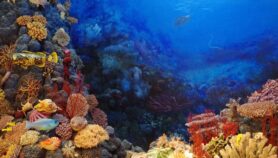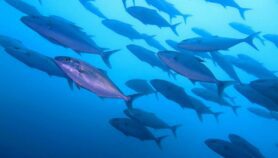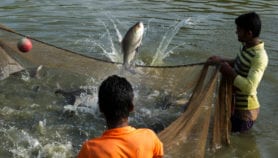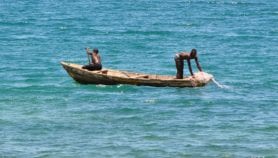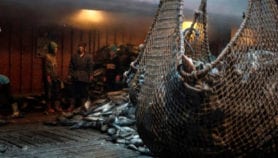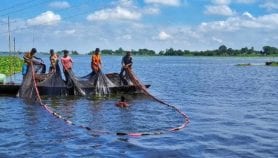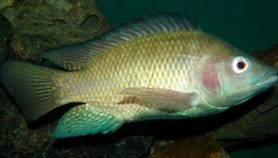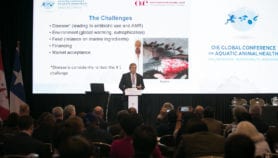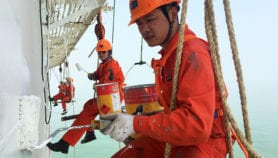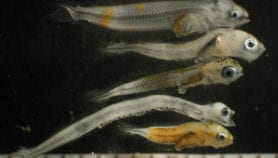By: Smriti Mallapaty
Send to a friend
The details you provide on this page will not be used to send unsolicited email, and will not be sold to a 3rd party. See privacy policy.
[KATHMANDU] Scientists from Norway and Nepal say they are ready to launch a plan to manipulate the breeding cycle of carp stocks and get the fish species to spawn more than once a year to improve food security in the Himalayan country.
The plan for a low-cost system for off-season fry production was announced last month (January 25–26) at the first annual review of the 3.3 million-dollar, four-year, Fish Farming Development (FFD) project that was launched in April 2012.
Funded by the Norwegian government, the FFD project is being implemented by the Nepal Agricultural Research Council (NARC) and the Norwegian University of Science and Technology (NTNU). It covers production of special feed for the fry and development of stress-reducing technologies to improve survival of eggs during pond transfers.
After selling their stock of mature fish, many farmers leave their ponds empty until they can buy more fingerlings, explained Tek Gurung, NARC’s director of livestock and fisheries research. Supply of fingerlings during this gap period, he said, would greatly enhance productivity.
SPEED READ
- Norwegian support to stimulate carp breeding in Nepal
- Tweaking brain hormones can get carp to spawn more often
- Plan will exploit Nepal’s water resources better
"We cannot achieve food security only through crop production, we also need to develop livestock, poultry, and fish," Gurung told SciDev.Net. "There is a huge potential for fisheries in Nepal because we have lots of water resources."
The scientists have focused their research on the role of the brain hormone messaging system in carp reproduction and how it is influenced by factors like daily exposure to light.
"It is more complicated in the head of a fish than in the head of a human," Kjell Nilssen, professor at NTNU’s biology department, told SciDev.Net. "We have a global network working on brain hormones."
Nilssen said Norwegian agriculture has practiced advanced and delayed maturation of fish for many years. "We will try to formulate a version suitable for Nepal."
The project aims to increase national fish production by one per cent, and support 1,000 marginalised households in ten districts, through farmer-group training. It will also support a dozen PhD graduates to enhance local expertise in fish biology.
Since introduction in the 1950s, aquaculture has grown to contribute more than half of Nepal’s fish output – over 50,000 metric tonnes in 2012. Capture fisheries and aquaculture already provide livelihoods for almost one million people in Nepal.
Fish are rich in protein and cheap to produce, said Halvard Kaasa, aquatic environment expert and director of the Norwegian sustainable engineering consultancy, SWECO Groner, a project partner.




